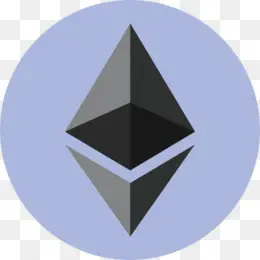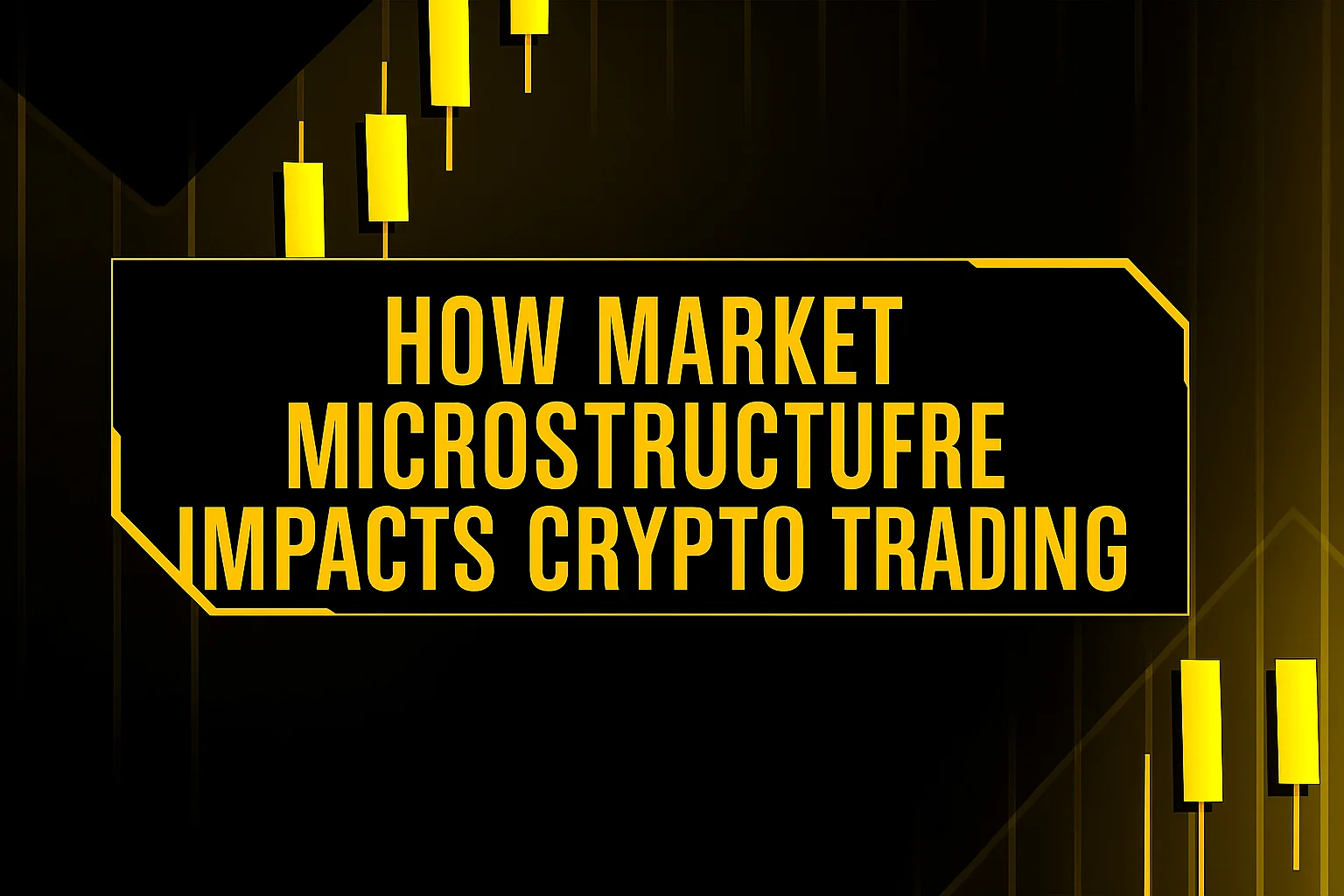Table of Contents
Most crypto traders obsess over the big stuff. Price charts, project roadmaps, whether Elon tweeted something stupid again. But there’s this whole other layer that serious players started paying attention to around 2025—market microstructure.
Sounds boring, I know. It’s basically the plumbing of how trades actually happen. How liquidity works, what the venue’s rules do to prices, all that mechanical stuff most people ignore. But here’s the thing: understanding this can save you a fortune in transaction costs and help you see price movements before they fully play out.
The Order Book: Your Window Into Real Supply and Demand
What you’re actually looking at
The order book is just a live list of who wants to buy and sell at what prices. Bids on one side, asks on the other. The gap between them? That’s your spread—what it costs you to trade right now.
When an order book is deep (lots of orders stacked up), you can move size without wrecking the price. Thin book? Even a modest market order tears through the available liquidity and you get slippage. Bad slippage. I’m talking 2-3% worse than you expected on a $100K order if the book’s really shallow.
Reading the depth chart
Good traders spend time reading order book depth. You start seeing these massive buy or sell walls that act like temporary support or resistance. Sometimes they’re real, sometimes they’re fake orders that disappear when price gets close.
Here’s what to watch for:
- Sudden walls appearing near current price (often manipulation)
- Gradual build-up of orders at specific levels (probably real)
- The ratio between bid and ask depth (shows immediate sentiment)
- How quickly the book refills after large market orders
Price impact isn’t just theory. If you’re trading anything outside the top 20 coins, you’re probably moving the market more than you realize. I’ve seen traders place what they thought was a normal $50K order and watch it execute across a 5% range because the book was paper thin.
The spread tells you everything
Tight spread, maybe 0.01%? High liquidity, lots of competition between market makers. Wide spread of 0.5% or more? Either low volume or high volatility scared the liquidity away.
You’re basically paying that spread twice—once to enter, once to exit. Do the math on how many trades you make per month and suddenly those basis points matter.
The Algo and HFT Landscape
Speed you can’t compete with
Crypto runs 24/7, which makes it perfect for high-frequency trading shops. These guys execute thousands of trades per second—statistical arbitrage between exchanges, market making to capture the spread, all kinds of strategies retail traders can’t touch.
You’re not competing with them on speed. You can’t. Co-located servers, direct exchange connections, custom hardware… the infrastructure investment is millions of dollars just to get started.
But you need to understand them
Here’s why it matters even if you’re not playing that game:
Liquidity provision: HFT firms are providing a huge chunk of the short-term liquidity you’re trading against. When they pull back during volatility, the whole market gets choppier.
Flash crashes: When something breaks in the algo logic, prices can gap violently. Remember those random $200 Bitcoin wicks on Binance? Yeah.
Quote stuffing: Some HFTs flood the order book with fake orders to slow down competitors or create confusion. It makes the book harder to read.
Arbitrage efficiency: They keep prices aligned across exchanges, which is actually helpful for everyone.
Pick exchanges with solid infrastructure. The last thing you want is to be on some janky platform when the HFT bots go haywire and the exchange can’t handle the order flow.
Common HFT strategies you’ll encounter
You won’t be able to execute these, but recognizing them helps:
- Cross-exchange arbitrage (buying on one exchange, selling on another)
- Market making (providing both bid and ask quotes for the spread)
- Latency arbitrage (exploiting delayed price updates)
- Statistical arbitrage (trading correlated pairs when they diverge)
DEXs and AMMs: A Completely Different Game
Traditional exchanges have order books. Decentralized exchanges don’t.
AMMs like Uniswap use math formulas based on liquidity pool ratios instead. Completely different animal.
The constant product formula (x * y = k) determines prices automatically based on the ratio of assets in the pool. No order matching, no bid-ask spread in the traditional sense. Instead, you’re trading against the pool itself, and the price moves based on how much you’re buying or selling relative to the pool size.
The hidden costs of DEX trading
Impermanent loss: If you’re providing liquidity, you can lose money even when both tokens go up. The math is weird and most people don’t really get it until they see their LP position underperform just holding the tokens.
Sandwich attacks: This is the dark forest of DeFi. Bots watch the mempool for your pending transaction, front-run you with a buy, let your trade push the price up, then immediately sell. You get worse execution, they pocket the difference.
Slippage settings: On a DEX, you set your own slippage tolerance. Set it too low, your trade fails. Set it too high, you’re basically inviting sandwich bots to extract maximum value from you.
Gas wars: During high activity, you’re competing on transaction fees to get included in blocks. I’ve seen people pay $100+ in gas for a $500 swap during NFT mints gone crazy.
CEX vs DEX execution quality
If you’re trading DeFi, you have to understand both systems. The CEX order book model and the DEX pool model operate on totally different logic.
CEXs generally give you:
- Faster execution
- Better price for large orders
- Traditional market depth analysis
- Centralized risk (exchange can get hacked or frozen)
DEXs offer:
- Self-custody (you control the keys)
- Permissionless trading
- Often worse execution on size
- Vulnerability to MEV extraction
Missing this is how people lose money in ways they don’t even understand until later. They think they’re just “swapping tokens” but they’re actually getting their trade value extracted by sophisticated bots.
Your Broker’s Role in All This Complexity
Most traders interact with microstructure through their exchange or broker
The quality gap is massive. Some brokers are basically just giving you raw access to an order book and saying “good luck.” Others are investing serious resources to give you better execution.
What separates good brokers from bad ones
Smart order routing: Automatically finds the best price across multiple venues. You place one order, the system checks Binance, Coinbase, Kraken, and routes to whoever has the best depth and price right now.
Order types: Market, limit, stop-loss, iceberg orders, TWAP execution… having options matters when you’re trying to minimize impact on larger trades.
Execution analytics: Some brokers show you execution quality metrics. Did you get price improvement? How much slippage? What was the effective spread?
Infrastructure: During high volatility, can the platform actually handle the order flow? Or does it freeze up when you need it most?
A good broker—let’s say someone like YWO—invests serious money in this tech infrastructure. Different account types for different styles, whether you’re casual or running algorithms. They basically handle the messy microstructure stuff so you can focus on strategy.
Which is what you should be doing anyway, instead of worrying about whether your order’s getting eaten by some predatory algo.
Practical Takeaways for Your Trading
What you can actually do with this knowledge
Look, you can trade crypto without knowing any of this. People do it every day.
But here’s what changes when you start paying attention to microstructure:
Better entry and exit timing: Wait for the book to refill after a big move instead of market ordering into a thin book.
Reduced costs: Use limit orders near the mid-price instead of market orders that cross the spread.
Avoid getting hunted: Large stop losses clustered at obvious levels are liquidity for HFTs. Use mental stops or hide them.
Choose better venues: Compare execution quality across exchanges for your typical trade sizes.
Understand why you got filled: If your limit order filled instantly, price was probably already moving against you. If it sat there forever, you’re not paying enough for immediacy.
The edge compounds
In a market this competitive, those details add up fast. Save 10 basis points per trade, make 100 trades a year… that’s 10% of your capital you’re keeping instead of giving away to market structure inefficiencies.
The traders who consistently outperform aren’t just better at picking direction. They’re better at execution. They understand the microstructure, they know when liquidity is real versus fake, they avoid the traps that eat into returns.
Crypto Ping Pong Digest
Trash style news. You will definitely like














